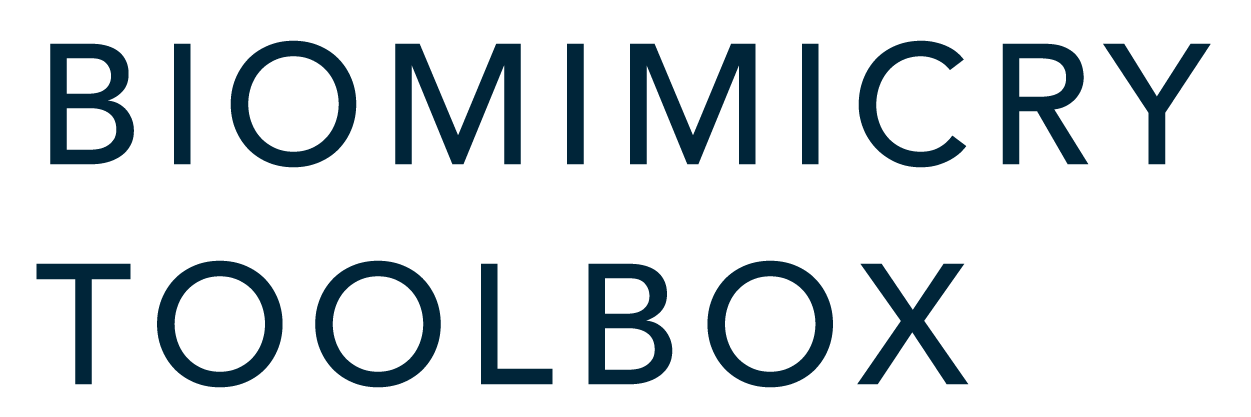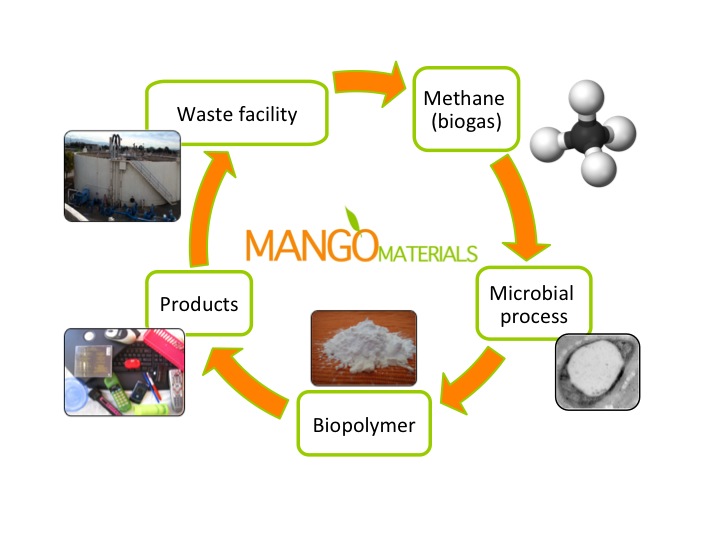Nature's Unifying Patterns
Detailed descriptions and examplesNature recycles all materials.
In nature, one organism’s waste or decomposing body becomes a source of food and materials for other organisms. While we talk about “recycling,” “upcycling” is a more accurate description of what happens in nature. There are usually many organisms, or more accurately, ecosystems of organisms, that break down complex organic materials and molecules into smaller molecules that can then be taken up and reassembled into completely new materials. Just as there is a hydrological cycle, there are many other cycles involving organic matter (carbon cycle, nitrogen cycle, etc.) that function as local, regional, and whole-earth systems.
Biology Examples
Trees
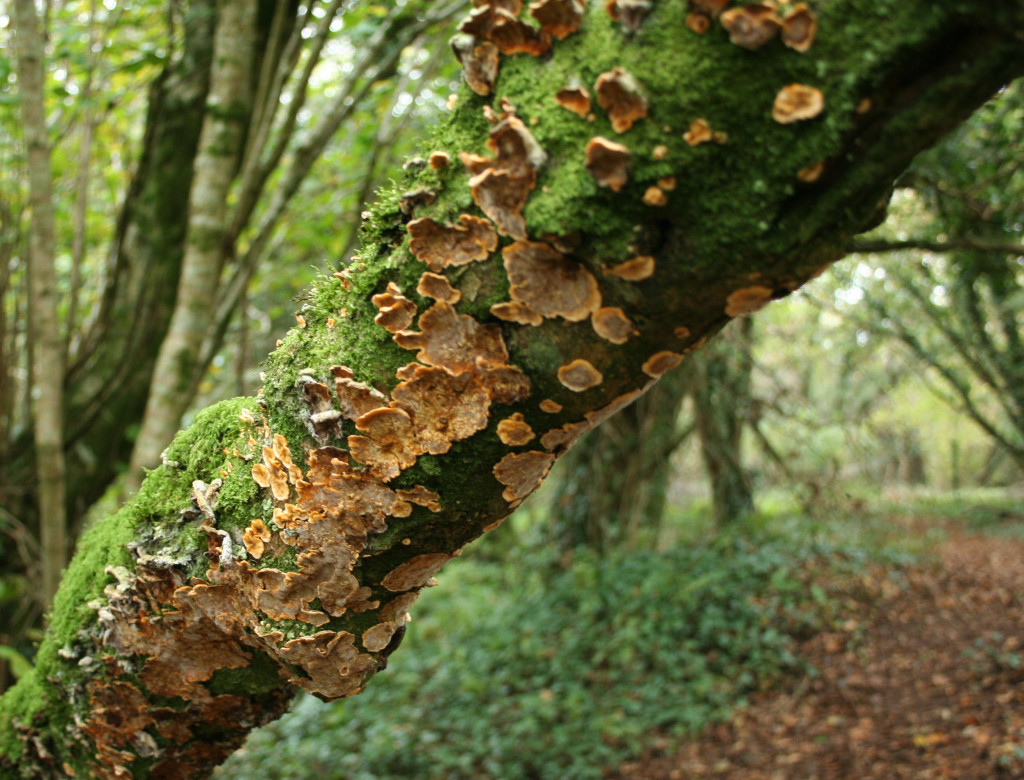
In nature, the recycling loop isn’t direct. Wood doesn’t directly become wood again. Instead, wood gets broken down into its various chemical components by a host of organisms, and then those components can be utilized by even more organisms. At every stage of a log’s decay, some organism finds a use for the log. It becomes a shelter for some, a place to perform a mating dance for others, and a place to store seeds or acorns. Even before a dead tree falls, other organisms start breaking down the carbohydrates and proteins in the trunk and branches, drawing energy from them and creating by-products or waste that other organisms can use. Some fungi are able to break down a complex chemical compound called lignin, which few other organisms can handle. The fungus makes the components in lignin available to other organisms to use as building blocks for new chemicals.
Design Applications
Mango Materials
Wastewater treatment plants, landfills, and agricultural facilities face many management challenges around the methane released at their facilities. Mango Materials might be able to help—the company is working on a way to commercialize turning methane and other waste biogases into biodegradable plastics. It aspires to be a critical piece of a closed-loop process that takes the waste gas and converts it into a biodegradable polymer, which in turn can be made into a plastic. If that plastic is not properly recycled and instead ends up in a landfill, some of the embedded energy and materials can be recaptured by the same process. (Currently most methane gas is either burned off or released into the atmosphere. Methane is a greenhouse gas and is about 20 times more potent than carbon dioxide.)
InterfaceFlor
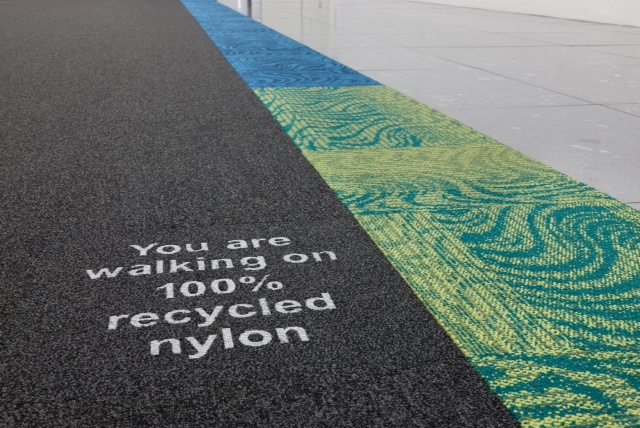
InterfaceFlor, which produces modular carpets, is the first carpet manufacturer to implement a process for the “clean separation” of carpet fiber from backing. This allows for a maximum amount of post-consumer material to be recycled into new products, with minimal contamination. Through their process, called ReEntry® 2.0, clean, post-consumer nylon fiber is returned to Interface’s fiber supplier. There, in combination with some virgin materials, it is recycled into new nylon for use in new carpet fiber. At the same time, the backing material is crumbled and transformed into new backing. Plastics that can’t be used for Interface processes or products are distributed to other industry suppliers for re-use in their material streams.
Zero waste programs
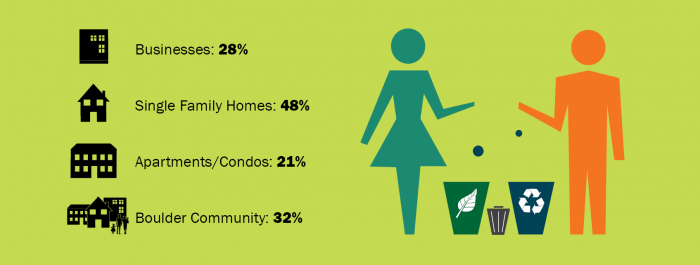
Boulder’s waste diversion rates for 2013 show how much of its waste stream is reused, recycled, and composted, rather than being sent to a landfill.
The “zero waste” effort is growing in many municipalities. In Boulder, Colorado, USA, the city provides easy instructions for how to recycle just about any material that might normally end up in the trash—eyeglasses, lightbulbs, Christmas ornaments, books, children’s toys, etc.—and includes details about this recycling effort in a city-wide awareness campaign around water conservation and energy efficiency. A robust city-wide composting program makes management of food and yard waste simple, and city residents have access to free compost that they can bring back to their gardens. A cyclic approach to waste management has taken on new meaning at the city’s “recycling row” where residents can bring anything—mattresses, paint, furniture—for up-cycling, down-cycling, or recycling purposes.
Image Credits
Tree with fungus: Lamerie via Flickr CC-BY-NC
Boulder waste diversion: public domain, via City of Boulder
Mango Materials: via company website
InterfaceFlor: InterfaceFlor CC-BY-NC-ND


